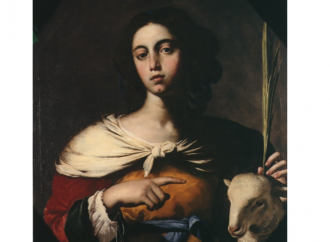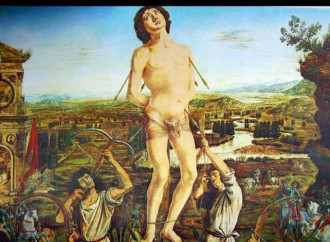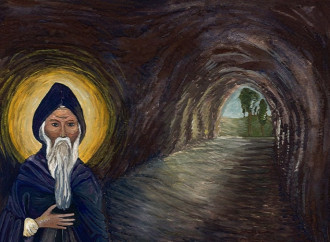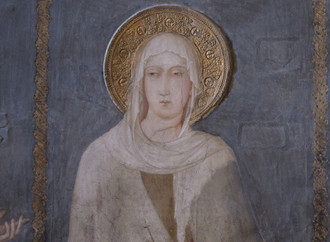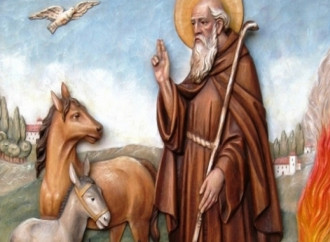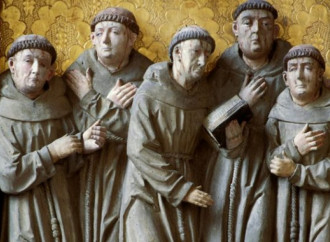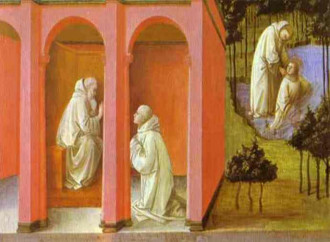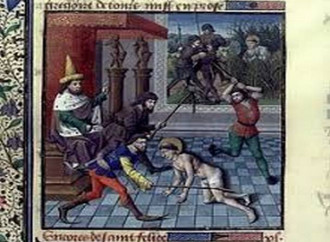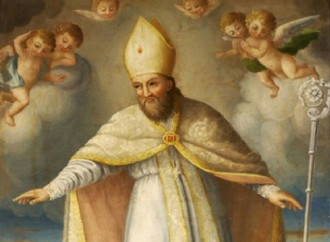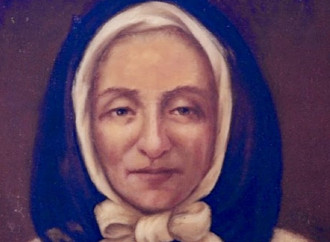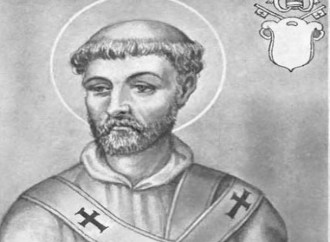Saint Agnes
She was killed for her Christian faith when she was barely 13. Her martyrdom made a profound impression on the Christian community, giving rise to a fervent popular piety
Saint Sebastian
The historical frame to his martyrdom is the resumption of the persecutions under Diocletian
Saint Macarius the Great
Monks used to call him the "Lamp of the Desert" not only because of his virtues but because his face shone in the dark
Saint Margaret of Hungary
Her aunt was the famous Saint Elizabeth. Her love for the Eucharist was accompanied by a love of poverty and the Holy Scriptures
Saint Anthony the Abbot
To explain how to distinguish between different spirits, Anthony would say that the celestial visions, unlike the demonic ones, which he fought first of all by the sign of the cross, dissolve the disturbances "as did the great archangel Gabriel with Mary and Zechariah".
Franciscan protomartyrs
Saint Francis had sent them to announce the Gospel to Muslims in Spain and Morocco
Saint Maurus
Together with Saint Placidus, he was the most famous disciple of Saint Benedict of Nursia
Saint Felix of Nola
Felix († 14 January, after 250) was born in Nola to a wealthy Syrian who was there on business. After the death of his father, he sold most of his assets and distributed the proceeds to the poor, consecrated himself to Christ as a priest and became a collaborator of Bishop Maximus.
Saint Hilary of Poitiers
He dedicated his whole religious life to the defence of Christ, true God and true man. He had to face persecution, since the Arian heretics, who denied the divinity of the Son, had the support of the Emperor Constantius
Saint Margaret Bourgeoys
She carried out her apostolate in Canada. She and her disciples cared for the daughters of both the French colonists and the natives, all precious “drops of Our Lord's blood”
Saint Hyginus
Saint Hyginus, the ninth pope, was elected in 138 after the death of Saint Telesphorus
Saint Gregory of Nyssa
He is one of the group of Cappadocian Fathers and deserved to be called a "column of orthodoxy"

